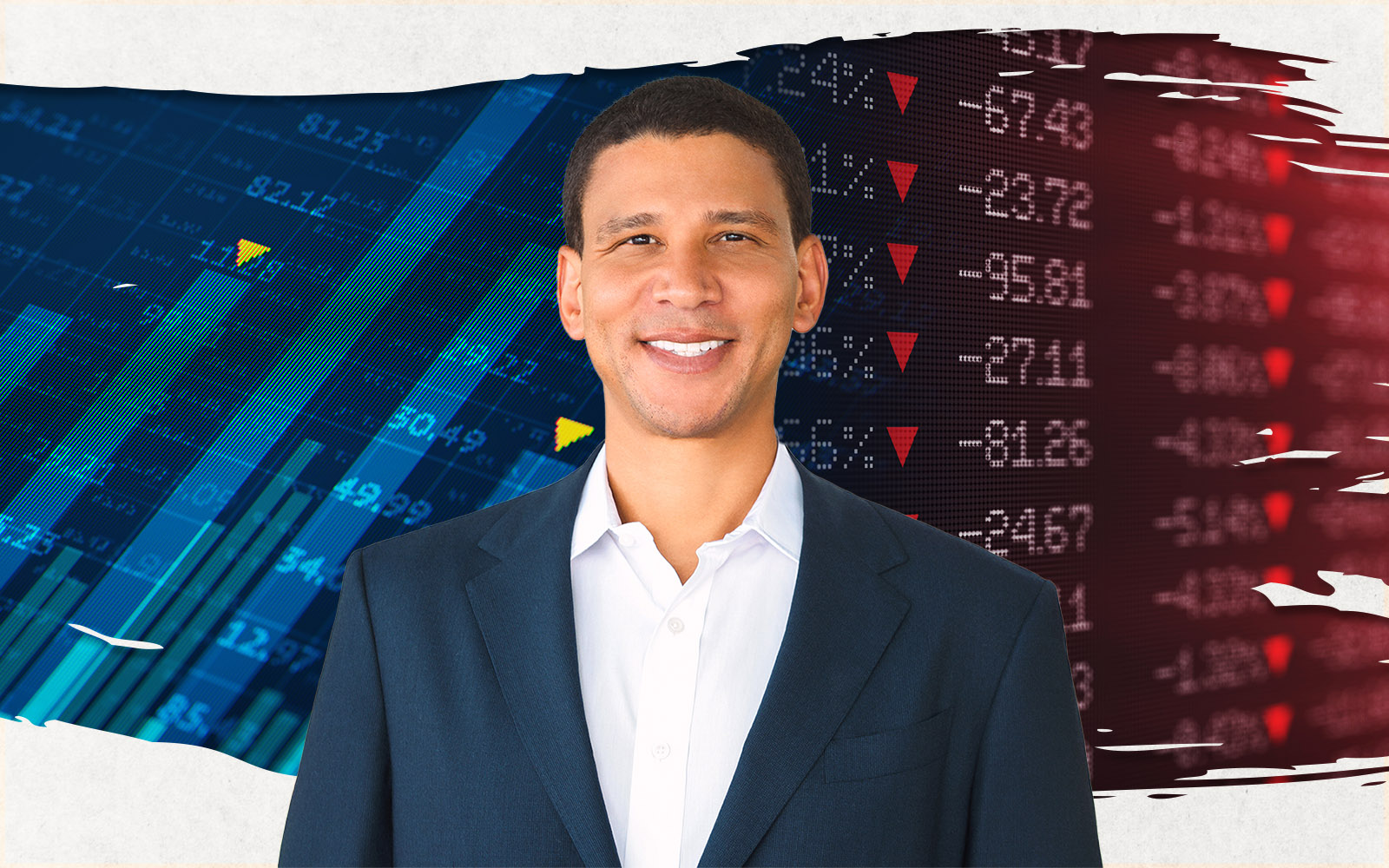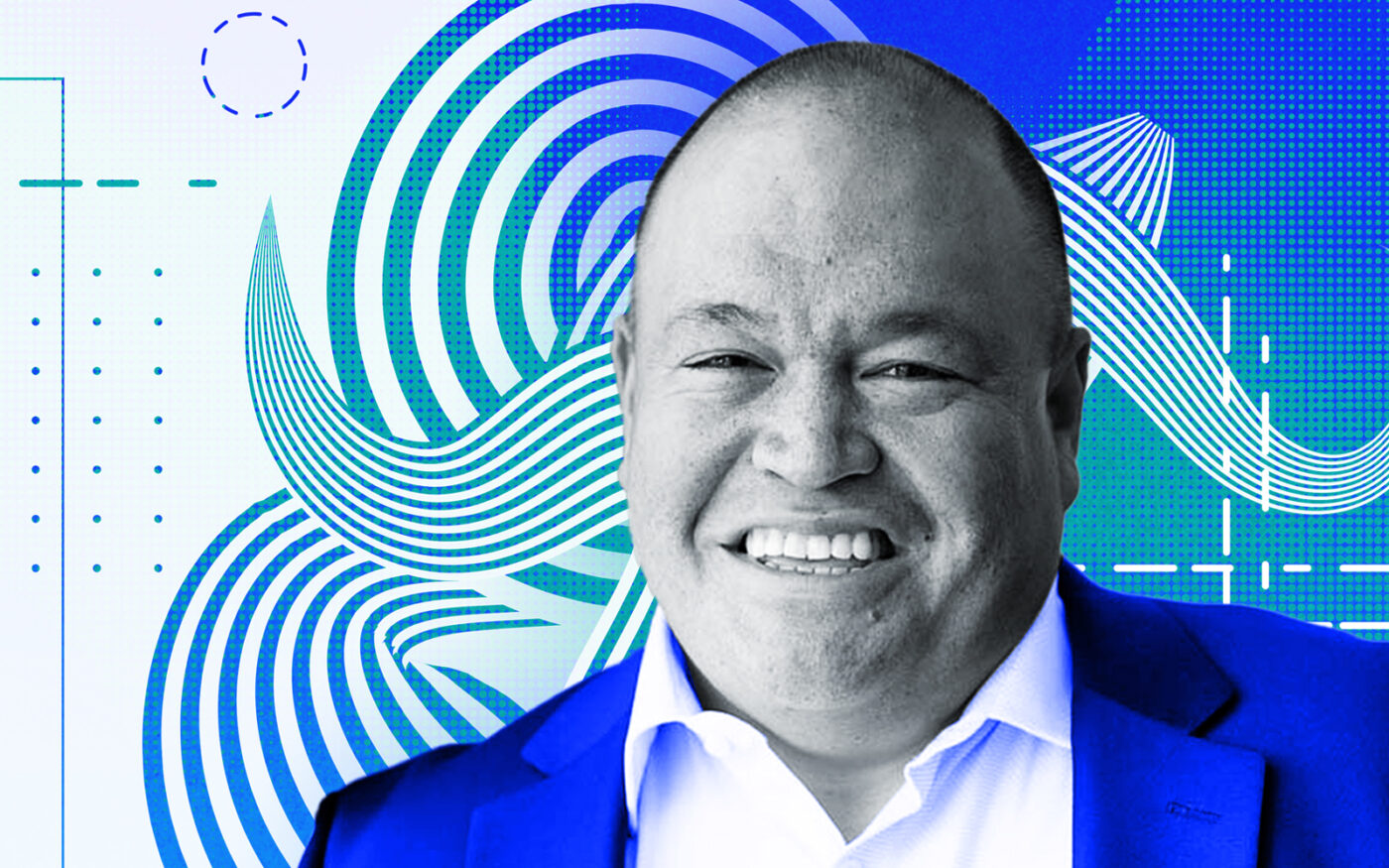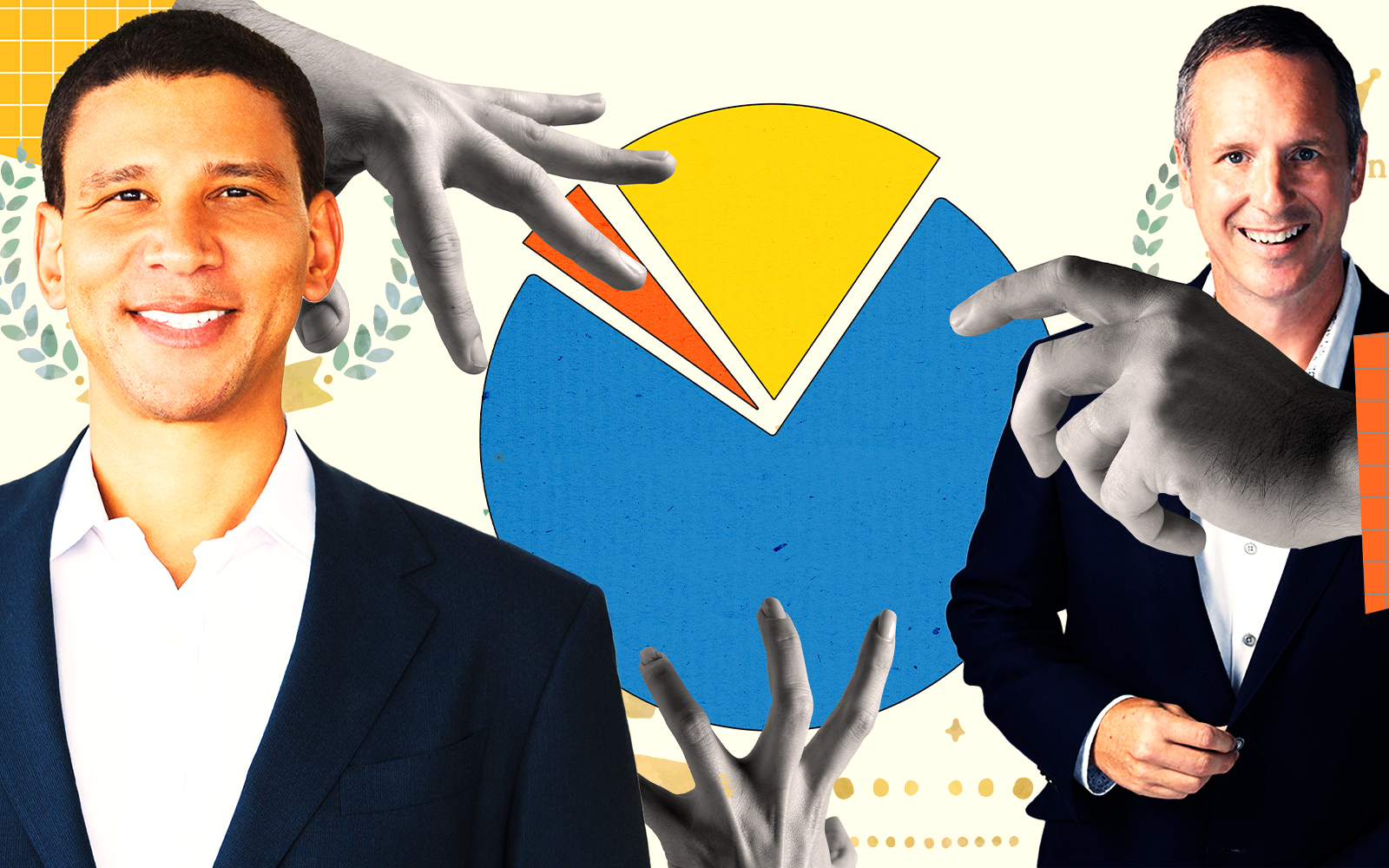
Trending
Compass’ new CFO on the path ahead
Kalani Reelitz talks cost-cutting, oversees hiring as brokerage aims for profitability

Facing an existential threat, Compass turned to former Cushman & Wakefield Americas CFO Kalani Reelitz to make the firm profitable for the first time.
The brokerage’s new executive assumed his role last October amid a company-wide scramble to reduce expenses and get into the black — in a down market, no less.
His tenure ended a two-month stretch during which the brokerage, at a crucial moment in its 10-year history, didn’t have a full-time CFO. The brokerage had already initiated cost-cutting measures before Reelitz got there, and it’s up to him to see through the cuts – which already count $338 million in savings — as well as expand the plan he inherited, which involves constant expense audits and moving some roles overseas.
Over 2021 and 2022, Compass lost $1.1 billion, so it’s clear Reelitz’s role will be under intense scrutiny from investors. He sat down with The Real Deal to discuss his plans.
Compass is trying to become profitable for the first time. Have you dealt with a similar financial situation in your 12 years at Walgreens, or six at Cushman & Wakefield?
Walgreens, it was a fascinating time to be there. We went through a business that grew stores at 500-plus stores a year. It was kind of no-holds-barred, get the corners as fast as we can. It was a machine of profitability on the pharmaceutical side and moved to a business that, as we saturated the market, needed to grow our stores organically. It was a whole different discipline on how we allocated money and how we look at cost.
Couple that with the [2008] financial crisis and having to just cut and make sure that we were economically viable. Then add to that our merger with Alliance Boots [and it’s] a lot of the same conversation. How do we make sure we’re profitable? How do we change the model based on what’s changed externally so that we can continue to drive profitability?
At Cushman, it was a similar story. When [Cushman & Wakefield and DTZ] came together late 2015, early 2016, learning the business to really drive change, we were able to drive a tremendous amount of cost cuts and efficiencies.
But really changing the operating model, that was kind of the last job at Cushman of transformation, was just how do we change to be more efficient? The same conversations that we’re having [at] Compass for profitability. Just the inputs are slightly different.
What are your top targets, and what was your process for making the company leaner?
First [is] to make sure we fully understand the inventory. So taking our [operating expenses] and really making sure we understand the headcount that we have by department, by cost, et cetera. Even on the occupancy, for example, every office building or every lease term when things are coming up. All of it. That’s where I start. And that’s where I think the team started. Because I asked the question and they were able to give it to me at lightning speed.
Vendors are going to be an area that we look at and that I focus on because I think there’s room there. Because [companies are] moving quickly and because decision-making can be individualized, there is a long list of vendors that if we looked at every single one … it’s going to drive some efficiencies.
[Also], just focusing on spending that we’ve done historically. Everything from our corporate office in New York to looking at how we drive support in the markets. That was fit for purpose. Is it still fit for purpose now?
In fourth-quarter earnings, Compass said it was working with an outsourcing provider to save on labor expenses. Can you share details about that?
Prior to me joining, we [outsourced some contracts and teams], particularly in finance and technology. We’re in the middle of conversations on a target operating model for [management platform] Genpact. So we are well underway.
Our ability to provide support that just follows the sun and allows us 24 hours coverage if we need work to be done overnight. All of that is really interesting to us. I think it allows us to open our doors to a wider global talent pool.
I think we can bring a large number of really great people into the non-agent-facing roles.
How many jobs will be overseas?
I don’t have numbers for you right now. From a process perspective, we’re taking all of our different support areas and we’re partnering with them, asking, “What’s your operating model?” Let’s look at our finance team: What are the needs? What’s the taxonomy of the work that needs to happen? And then, where can it work?
Through each it’s going to be a one-for-one decision-making process. HR is going to look slightly different than finance, technology is going to have a whole different low-cost labor. So I think we’re premature in giving you size and scope.
It’s also allowing us to do more, right? We have hundreds of people that are working on technology for agents. As the business grows and scales, we can get so much more bang for our buck and actually bring more people to work on behalf of agents. That could be in the suburbs of Chicago compared to Los Angeles.
You’ve integrated title and escrow services to the platform in California. How long until added services are available across all markets?
We are in six markets right now. We want to get it to all of our [markets] probably over the next year to 18 months.
This interview has been edited and condensed for clarity.
Read more







